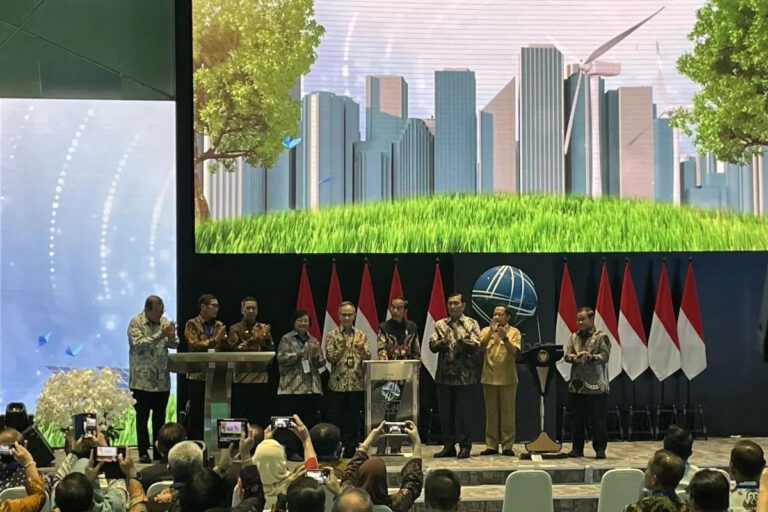With the dust from the election now settled, a new government is poised to take office in the coming months, with a loaded budget, ambitious economic growth targets hovering around 8 percent and urgent calls for expanding access to affordable health care, education and free nutritious food.
However, Indonesia’s current fiscal situation poses severe challenges. In a tight fiscal situation, securing the necessary funding to achieve these goals is shrouded in uncertainty. The question is not only how to achieve these goals, but also where to get the necessary funding. Tough fiscal situations require creative solutions.
This challenge is compounded by the need to respond to the climate crisis. Indonesia, like the rest of the world, faces a huge responsibility to transition to sustainable practices. This challenge also requires significant funding.
According to Finance Minister Sri Mulyani Indrawati’s estimates for 2023, Indonesia needs at least 400 trillion rupiah (US$250 billion) to meet its nationally determined contribution (NDC) and achieve its greenhouse gas emission reduction targets by 2030, and the annual national budget can barely cover 20 percent of that, she added.
This again raises the difficult question: where will the 80% come from? Unfortunately, relying solely on national resources to address both national development and climate change is simply not feasible in today’s economic climate. This is where climate finance comes in as a bridge to prosperity.
There is a key misconception that needs to be dispelled: climate finance is not just about mitigating climate change. Climate finance is a powerful development tool in its own right.
The essence of climate finance is to promote prosperity and well-being for people. By empowering communities, alleviating poverty and strengthening the overall capacity of countries, climate finance enables sustainable economic growth.


